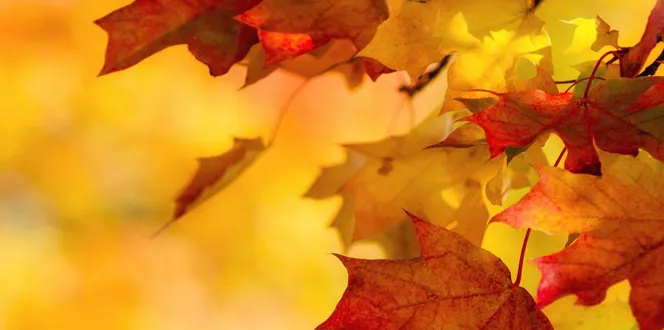Crisp, cool air, toasty sweaters and scarves, the smell of cozy campfires, and, of course, all things pumpkin: What’s not to love about fall?
Whether you look forward to the hayrides, pumpkin carving or the vibrant oranges, reds and yellows within trees’ canopies, fall is right around the corner. Before we even finish our last bite of warm apple pie, our trees will shed their leaves; their bare branches facing winter’s wrath.
But because you’ll be eager to greet spring’s bright, green leaves and strong roots before you know it, take some time to prepare your trees this fall, before the ground freezes! While you plan your Halloween costumes and Thanksgiving treats, follow these guidelines from our fall checklist to help keep your trees healthy:
1) Fall fertilization: With a hot summer and cold winter, trees are bound to lose some vital nutrients from the soil. To help ensure your trees gain nutrients lost this summer and continue to feed over winter, apply a slow-release fertilizer to help improve resistance to damage from disease, insects and stressful weather.
2) Hearty hydration: Fall is the season to give your trees a hearty gulp of water before the winter months strike. To make sure they are well-hydrated throughout the freezing winter, quench your trees’ roots with a soaker hose or drip irrigation system. It is especially important to water evergreens before the ground freezes, since these trees continue to photosynthesize in winter.
3) Timely planting: When you think about trees in fall, you may picture a classic autumn scene complete with dropping leaves from auburn, pumpkin and golden canopies. Most trees shed their leaves in autumn and sprout new life in the spring, but fall is actually the opportune time to plant new trees. Since temperatures are much cooler and there is much less chance of stress from sun scorch, drought or extremely high temperatures, newly planted trees get the chance to build root mass and prepare for winter dormancy this season.
4) Equipped for the cold: You know winter will arrive after fall, so start preparing now for the snow, frost and cold temperatures. Any sort of extreme weather condition may pose a higher risk of stress for your trees, so cable, brace and prune your them before the snow and ice hit. If your tree has weakened or has broken or rotting branches, it may not be strong enough to withstand the added weight of a heavy snowfall or ice storm. Pruning in fall can be easier because most trees have little to no leaves, exposing the structure underneath.
As you collect acorns for an autumn craft or pick apples for a satisfying cider, make sure you give your trees some TLC this season!
Fall presents the perfect time to replenish your trees with the nutrients they lost in the hot summer so they continue to thrive in future seasons. Contact your local Davey professionally trained arborist and ask about our fall fertilization services.





